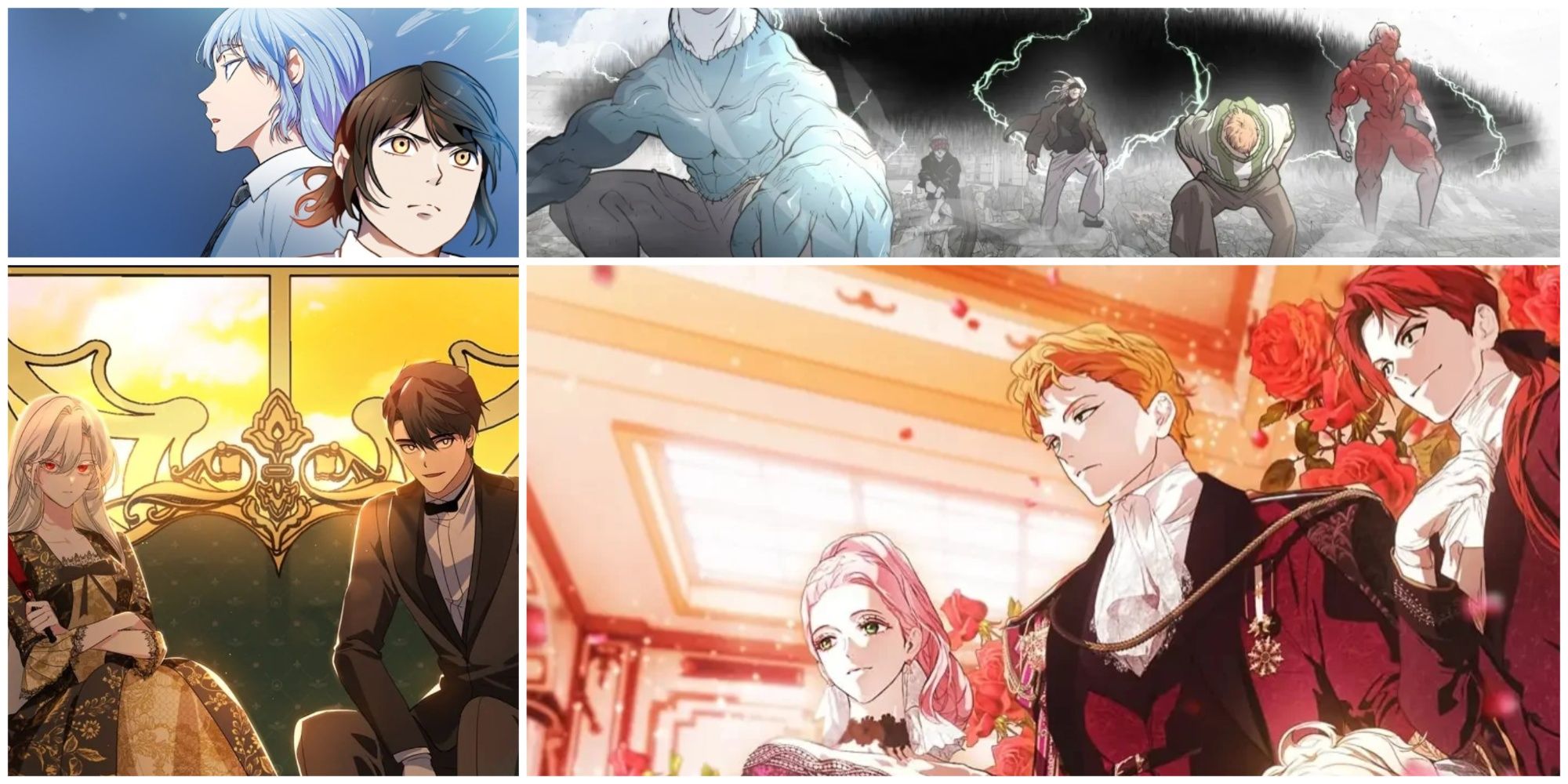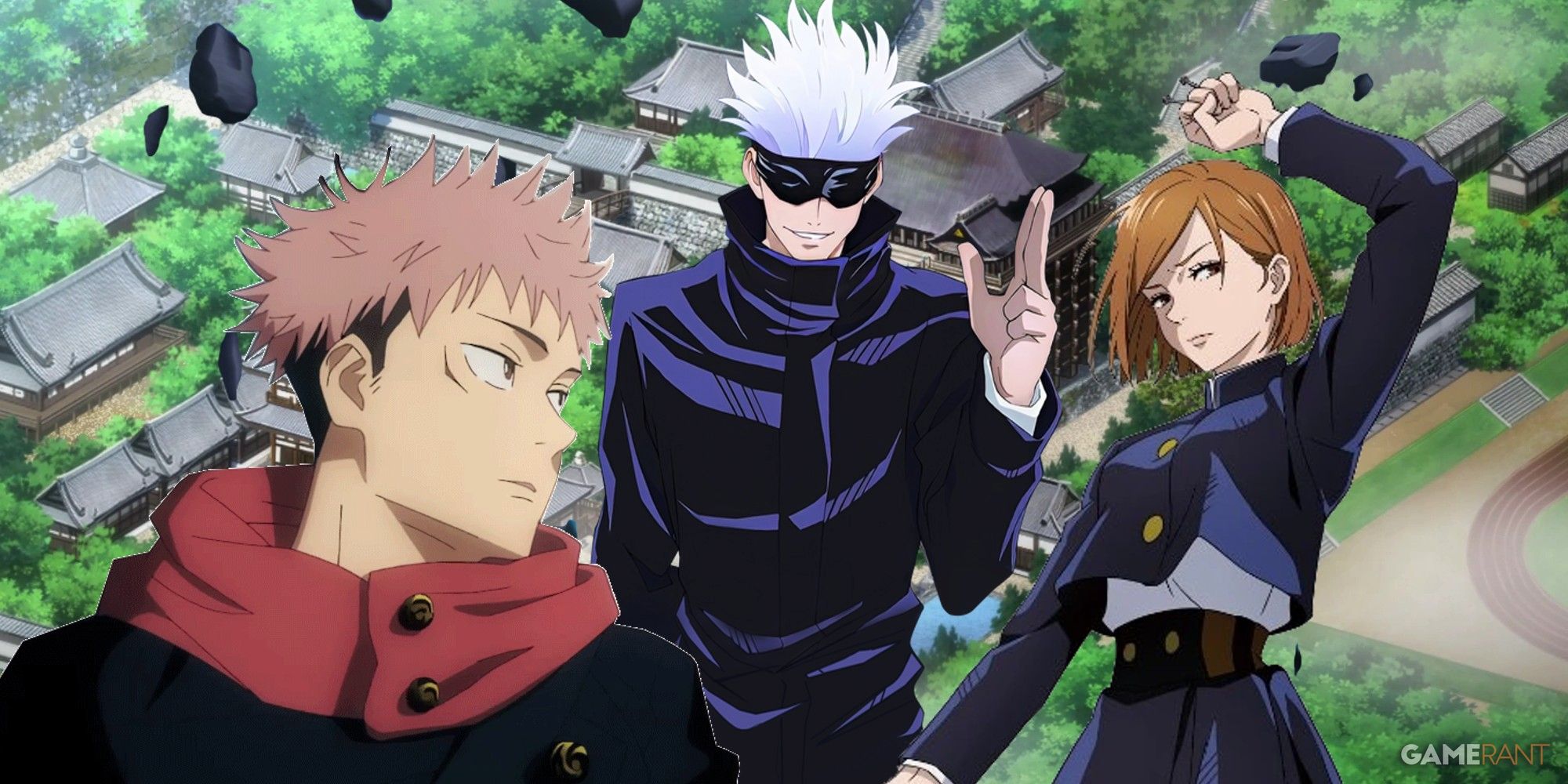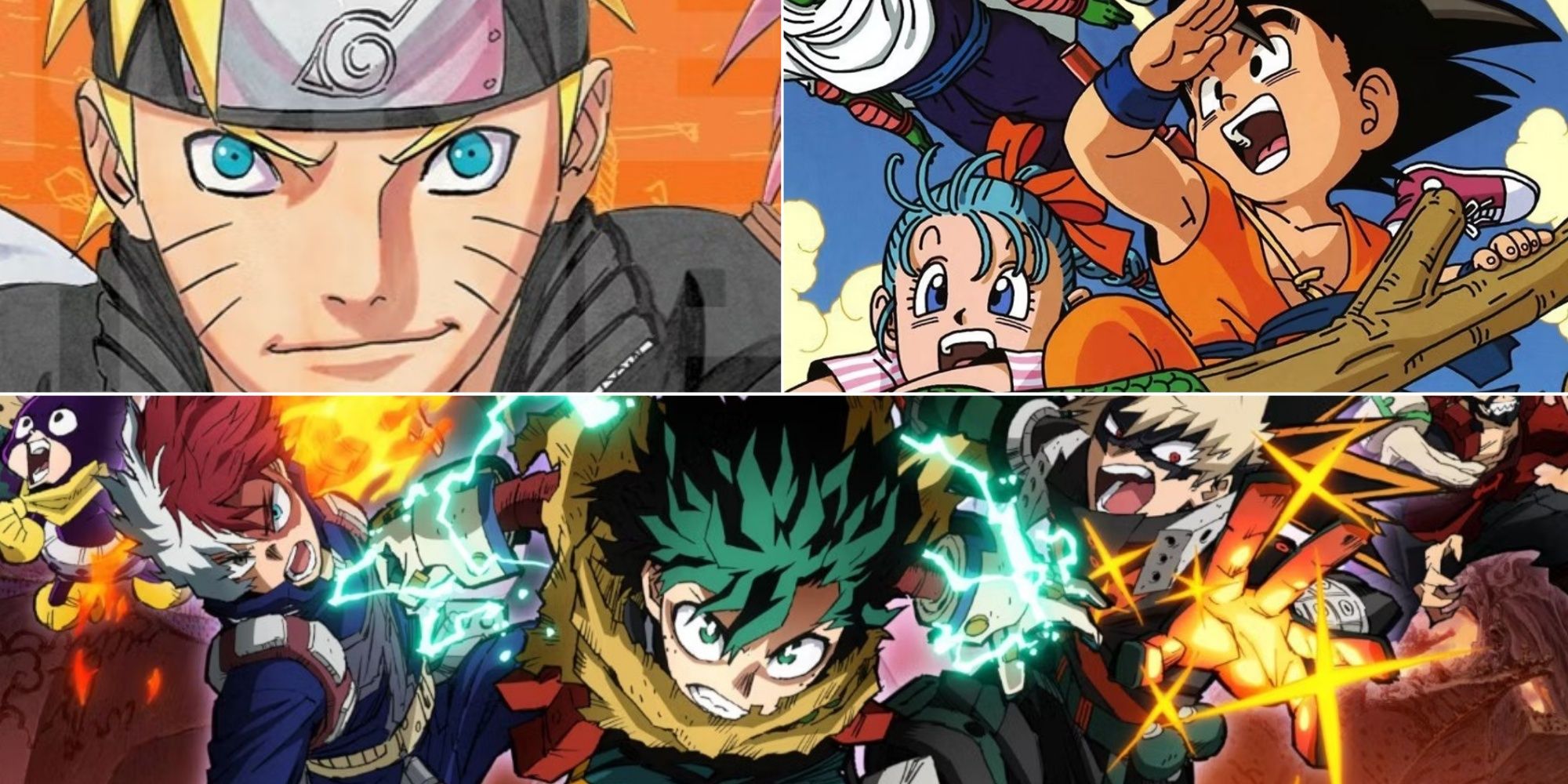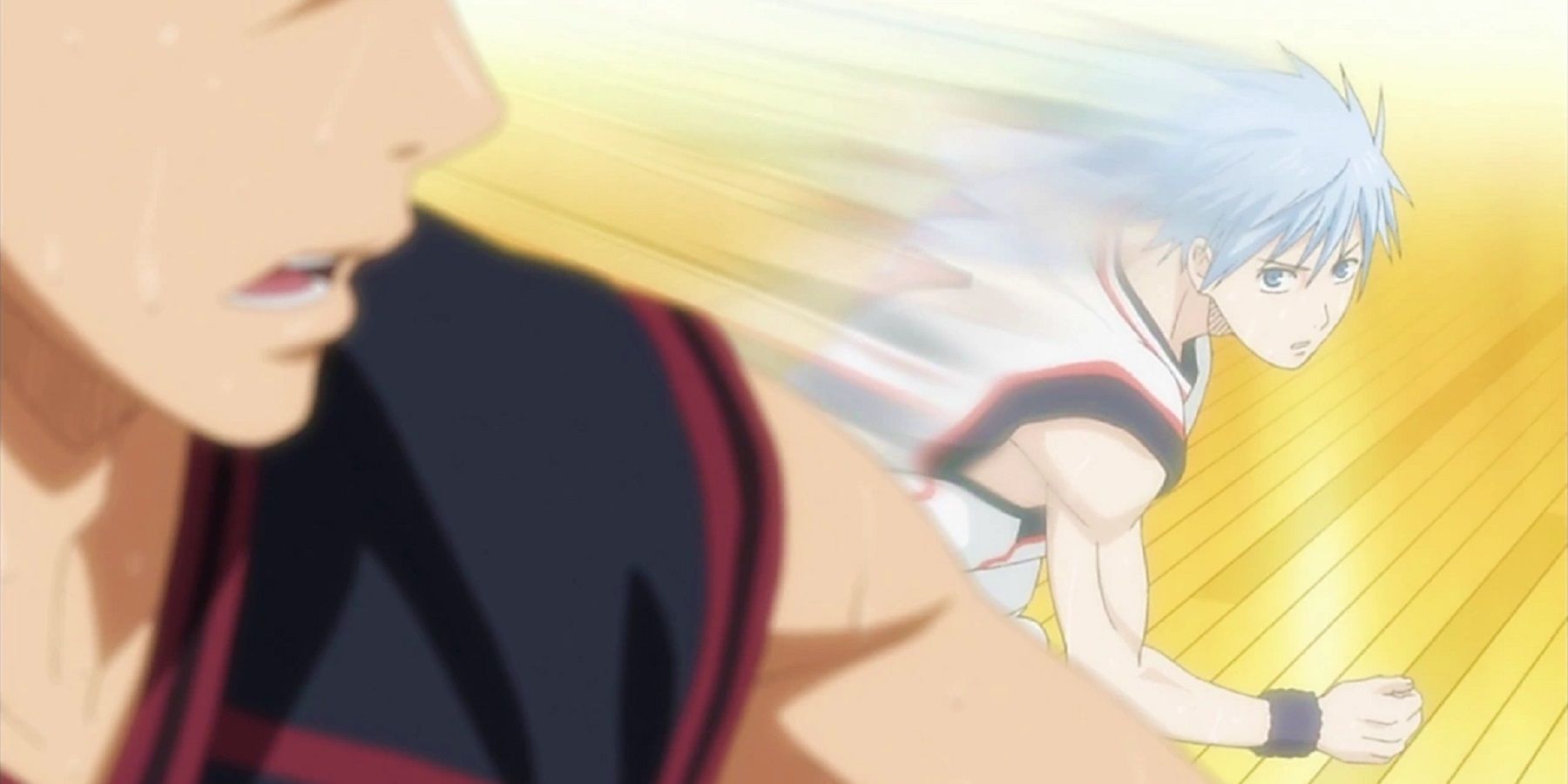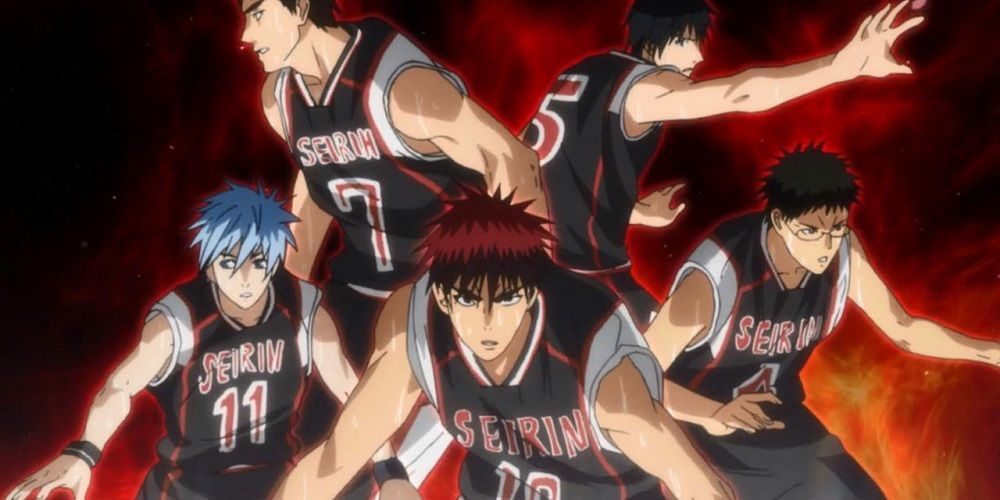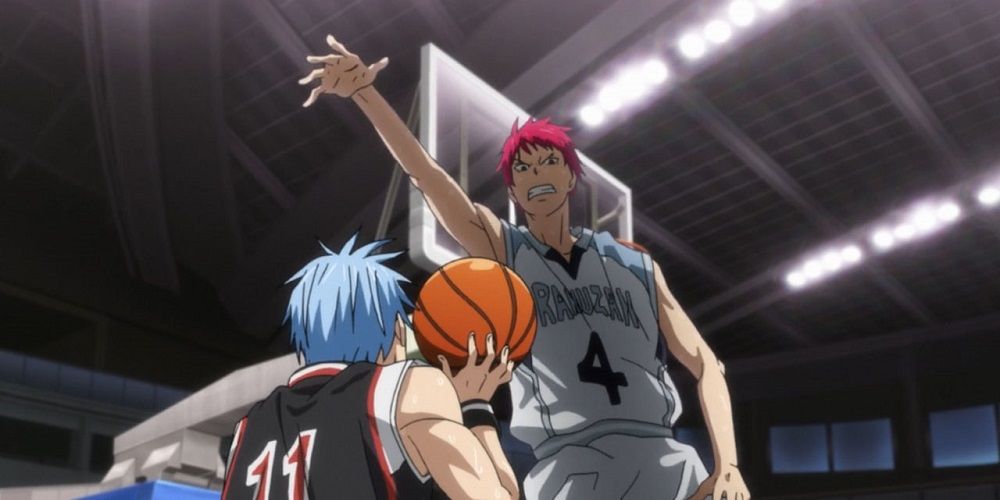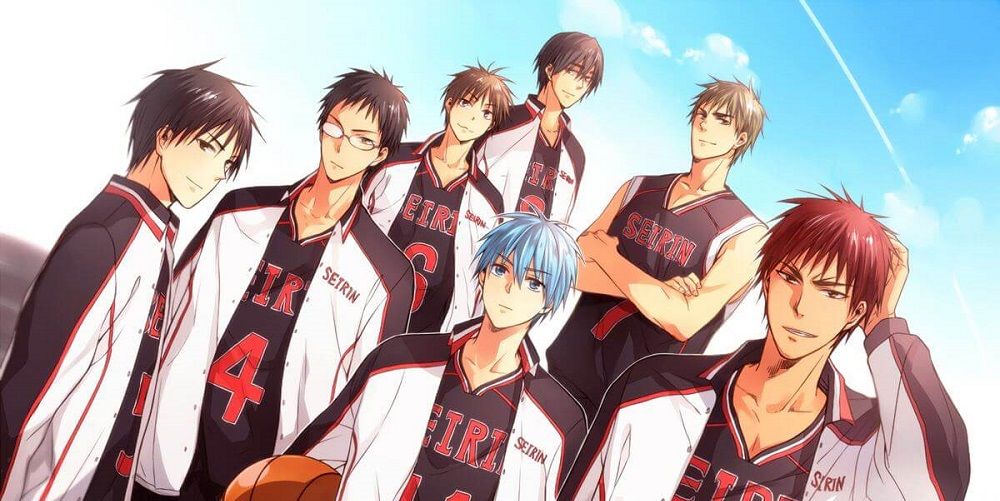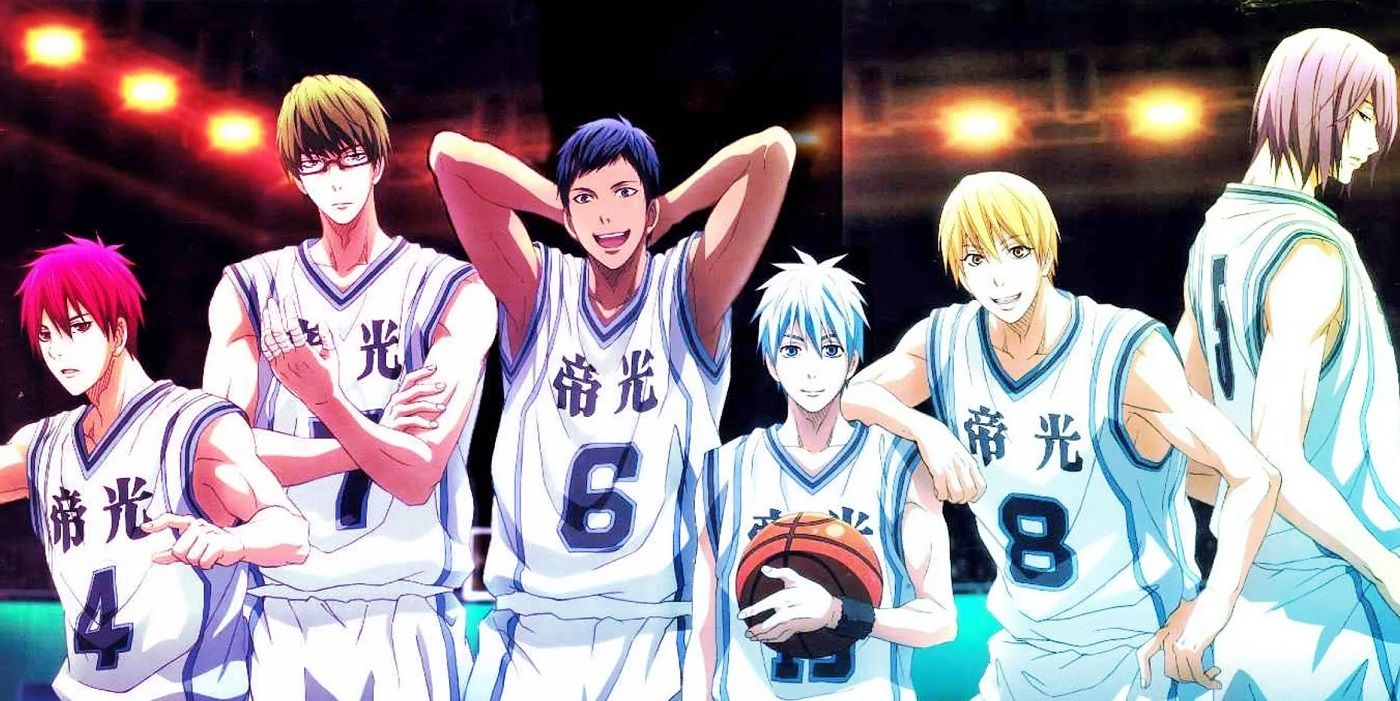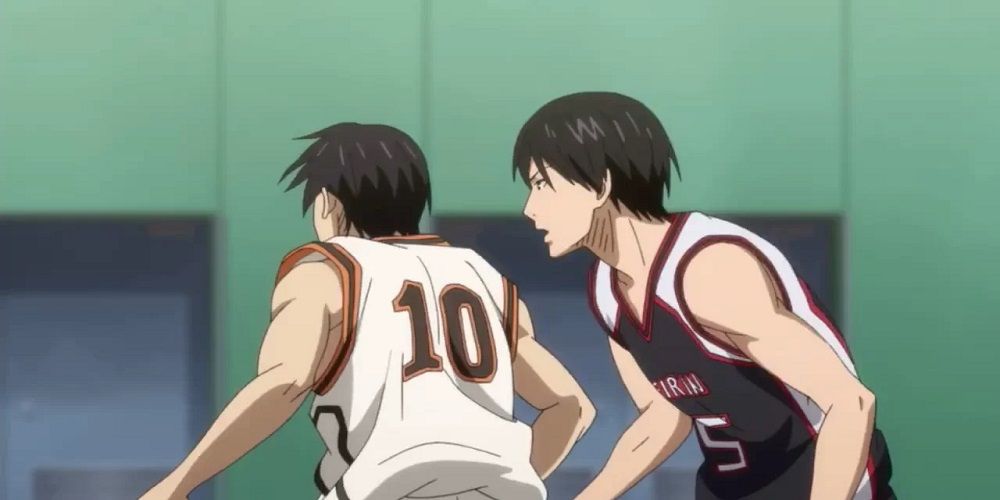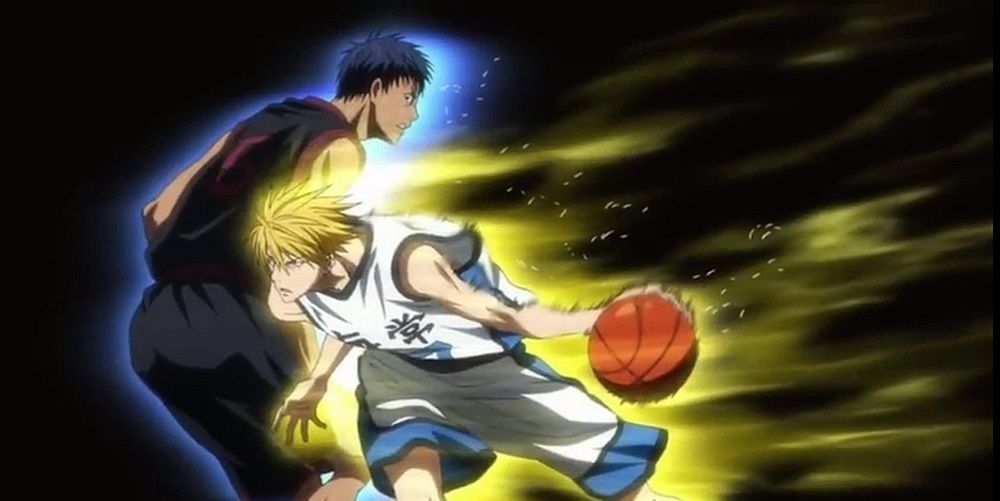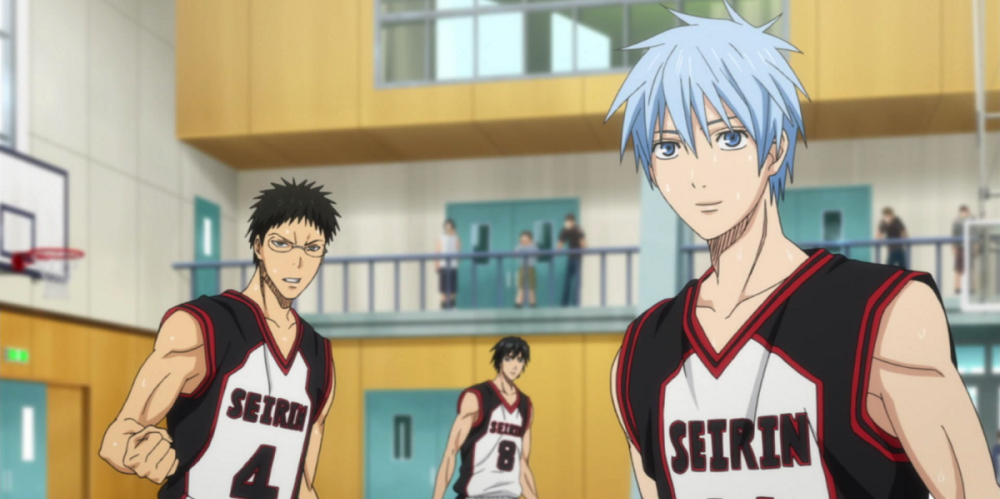Kuroko's Basketball, a popular shounen sports anime series, plays with the idea of misdirection, a real-world magic technique, that is used by modern-day magicians. The show's main protagonist, Tetsuya Kuroko turns this magic theory into a reality when he applies it to the realm of sports, specifically middle school and high school basketball.
In collaboration with the original manga artist, Tadatoshi Fujimaki, and Production I.G, the Kuroko's Basketball anime series put out three seasons during its runtime from April 2012 to June 2015 and became a fan favorite among avid anime sports watchers. It follows the main protagonist, Tetsuya Kuroko, also known as the Phantom Sixth Man, as he gains new friends/allies such as Taiga Kagami, a returnee student from America, and Seirin High's basketball team members in order to fight his former teammates, The Generation of Miracles, at the Summer Interhigh and Winter Cup tournaments.
What is Misdirection?
Many sports series such as Haikyuu! and Diamond no Ace mimic real-life sports techniques and play styles in their fictional worlds; however, what sets Kuroko's Basketball apart is the merging of a non-sports-related technique into its core storytelling foundation. Misdirection, as defined in Season 3, Episode 13, “A Day with Blue Skies,” is a technique commonly used by magicians in order to direct a target's attention or focus to a different person or object through subtle shifts in gaze and movements. Likewise, it is established that this technique is further amplified by Kuroko's natural lack of presence making it more potent and plausible within a stressful environment like matches, where it is easy to forget the position of other players.
According to Psychology Today, this is a very common psychological phenomenon to occur, as the brain blurs out details if they are not essential to daily life such as the location of a fire extinguisher, an extra "the" in a sentence, or passerby on the way to work. Another relevant research performed was published by Gustav Kuhn, Patricia Kingori, and Koen Peeters Grietens titled, "Misdirection – Magic, Psychology and its application."
In one of the studies mentioned in Kuhn's research, a group of participants was asked to count the number of times a ball was passed during a basketball game. Sixty percent of the participants failed to notice that there was a man in a gorilla outfit crossing the basketball court at the same time the players were passing the ball during the study. This study's significance in terms of Kuroko's Basketball is that the scope of misdirection can not only be applied to a magician pulling a rabbit from a hat, but it also can be applied to nearly anything from politics, sports, and espionage.
How is Misdirection Used?
The four key components that are used to perform misdirection, as defined by Gustav Kuhn and his colleagues, are attention, memory, reasoning, and awareness. Kuroko utilizes all of these components in order to lay the foundation for his basketball techniques (e.g. Ignite Pass Kai, Misdirection Overflow, and Vanishing Drive).
Component #1: Attention
The first of the four components is attention, specifically attentional distraction. Attentional distraction is defined as the ability to redirect the target's focus to a different person or object. In order to create this effect, Kuroko uses his natural lack of presence and his deep knowledge of the sport to create the illusion of invisibility and force focus away from him, using more prominent presences such as the basketball and Taiga Kagami to avoid attention.
Component #2: Memory
The second of the four components is memory, specifically memory manipulation. Memory manipulation is defined as the ability to make it difficult for the audience to know how a trick is performed. In order to create this effect, Kuroko limits his contact with the ball to a minimum and does not make exaggerated movements or facial expressions when performing them, creating confusion in the target of his technique, in this case, the enemy team.
Component #3: Reasoning
The third of the four components is reasoning, specifically the theory of false solutions. The theory of false solutions is defined as the ability to use pre-existing assumptions to mislead the target to reach the wrong answer. In order to create this effect, Kuroko doesn't normally explain his techniques and allows the opponents to guess what is happening.
For example, in the episode where Kuroko uses his special shooting form, Phantom Shot, the enemy team falsely believes that the ball is being shot from a lower trajectory than it actually was. Because the enemy team was stuck under their false solutions, they weren't able to uncover the fact that he was throwing the ball from a higher trajectory.
Component #4: Awareness
The fourth and final component is awareness, specifically the awareness of failing perceptions. This concept is described as the specific moment when the target realizes that he has been deceived, no longer being under the magical effect. In order to avoid this from happening, Kuroko is swapped out several times during a game so that the enemy team doesn't become accustomed to the misdirection techniques and becomes dull in its effectiveness.
Is Misdirection Realistic?
The research necessary to create realism in any anime is intensive and its application of it in sports anime is even more arduous, as the artists need to adhere to the rules of the sport and make it believable. Kuroko's Basketball applied a very complicated magical and psychological set of theories and techniques into the world of sports anime. As a whole, it implemented these misdirection techniques fairly realistically, even as it incorporates supernatural abilities like Seijuro Akashi's Emperor Eye and Ryota Kise's Perfect Copy.
Source: Psychology Today & Gustav Kuhn

